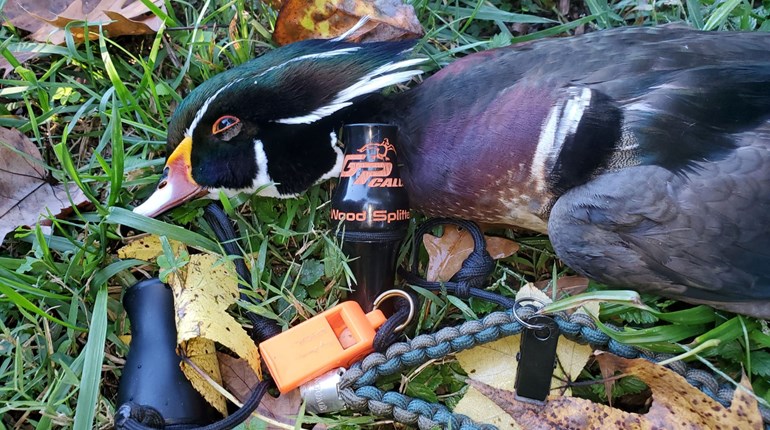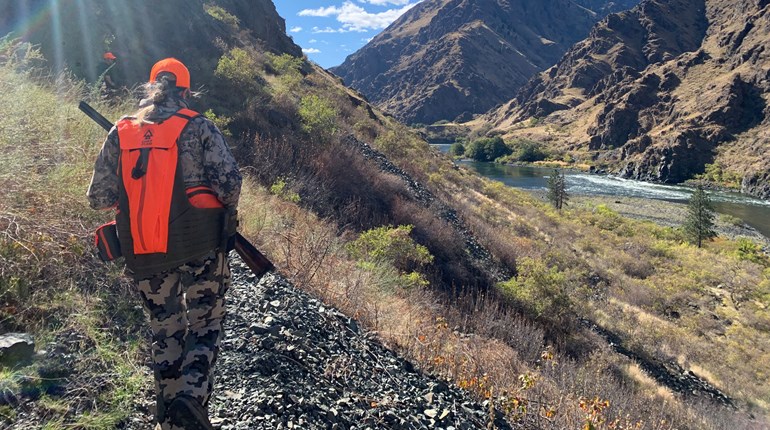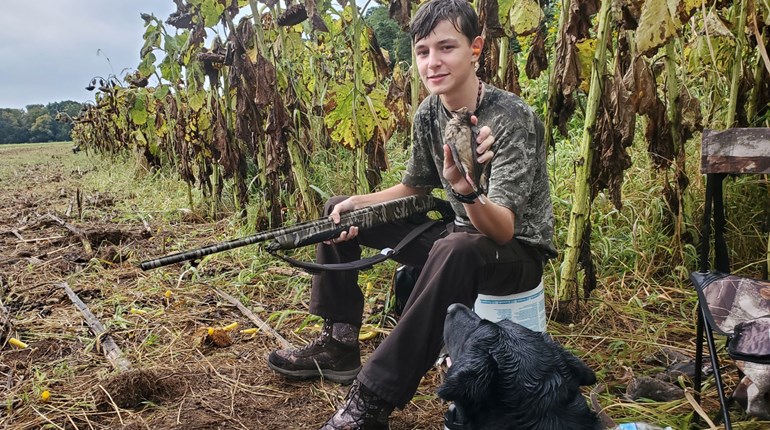
It wasn’t the tree stand that failed; it was the step.
Nevertheless, a 37-foot fall on the Sunday before Thanksgiving in 1996 left Bob Davis, Manager of the NRA Hunter Services Department, with lacerations to his hands and arms, cuts on his face and hamstrings that were torn to smithereens.
Despite the beating he took, riding the tree to the ground likely saved his life.
“My hands were torn up because I was fighting to maintain contact with the tree,” said Davis. “The last thing you want is to free fall. You’ve got to do something to break your speed.”
According to statistics cited by the International Hunter Education Association (IHEA), one in three hunters who use tree stands will fall at some point during their hunting career.
“There are two things they say about hunters that use tree stands,” Davis said. “There are those hunters who have fallen, and those that will fall.”
But that doesn’t mean hunters should be fearful of tree stands. The risk of an accident can be minimized by using common sense and following these basic safety strategies:
1. Always wear a safety harness when entering, leaving and sitting in a tree stand. The connection to the tree should be short and tight to reduce the chance of injury in the event of a fall. A harness that protects your entire body is always preferable over a device that only secures your waist or upper body.
“It’s important not just to have something around your chest,” said Davis. “Whether you’re eight years old or 80, have something that you step into, that goes around your arms and secures your midsection.”
2. Never climb a tree while carrying a firearm or bow. Always unload your gun or cover your broadheads and attach a haul line to your gear, making sure to never attach the line to the trigger or trigger guard. After you are safely in your stand, pull your gear up by the haul line. Follow the same strategy for exiting your stand.
3. Always know how your stand works and inspect it before each use. There are several types of portable tree stands on the market today, including climbing tree stands, fixed-position platform stands (requiring separate climbing equipment), ladder stands and free-standing platforms (which don’t require trees). Each operates differently, so read and follow the manufacturer’s instructions exactly. Never hang a stand using only a single spike or bolt. After installation, check the stand and steps periodically to make sure they are in good condition, and replace any worn-out parts.
Failure to heed this rule is what caused Davis’ accident. “Manufacturers will tell you to put the steps in at the time of the hunt,” he said. “I was at fault for installing the steps in September and leaving them. It wasn’t the stand’s fault; it was mine for not following the directions.”
The IHEA recommends that permanent, homemade stands never be used, as their structural safety is unknown.
4. Be sure to select a tree that is suitable for your stand. It is important to choose a tree that not only fits the type of stand you’re using, but one that is sturdy, doesn’t lean and will support your weight. Never choose a tree that is dead or dying.
Following these basic safety steps every time you hunt from a tree stand will minimize your chances of having a mishap. But when gravity mixes with carelessness, anything can happen.
“You should never assume anything when hunting from a tree stand,” Davis said. “No matter how well you prepare, one wrong move can have you on the ground.”






































